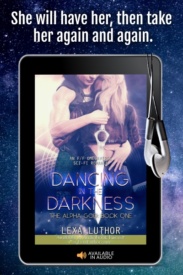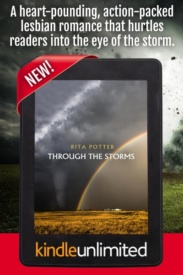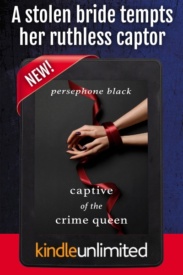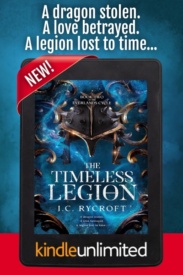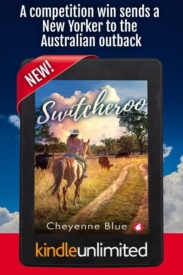
Today we’re lucky to have Edale Lane as a guest poster to discuss writing historical fiction.
Take it away, Edale!
Tips for Historical Fiction Writing
Thinking of broadening your horizons with some compelling historical fiction writing? Excellent! I’m right there with you. But where to start?
The two major branches of historical fiction writing are: 1) write about an actual person or event from history. 2) create your own characters and events and place them in a historical context. Both require research.
There’s nothing worse than reading historical fiction and come across a fact, or two, or a dozen, the author got wrong. So for every detail you include, consider these questions:
- Did they have that item or invention at the time of this story? For example, Alexander Graham Bell received his patent and made his first telephone call in 1876, and by 1877 the new communication device was being introduced around the world. However, it took a couple of decades for telephone poles and landlines to go up and the invention to become widely used. So if you look up “telephone invented in 1876” it doesn’t mean your characters in rural Alabama would have one.
- Would they have used that word in my century? An example is “hello.” The word was added to the English language after the invention of the telephone as something for the person picking up the receiver to say to let the caller know he was on the line. If the telephone hadn’t been invented yet, have your characters say, “Good day,” “Greetings”, or “How do you do?” or something like that. Be careful not to use words or expressions which are too modern for the period.
- Would they have thought that in my chosen era? From the dawn of time, humans have had most of the same needs, ambitions, fears, and dreams, but what societies consider right and wrong, acceptable and taboo, changes from generation to generation. For example, in centuries past slavery, arranged marriages, and a male dominated society were all considered normal by many cultures. Mass questioning and pushbacks against these norms in Western civilization didn’t start until the 1800s, but there certainly could have been individuals who deviated on those points much earlier.
How do I know if what I am including is correct? Always consult a variety of sources. Wikipedia is convenient, but not extremely reliable. I check at least three different sources before including a “fact”, and even that can be frustrating because sources often disagree. In that instance, you are left with two choices: leave it out or choose the one that fits your story best.
In the end, an engaging, well-written novel is what you are aiming for, one your modern audience can relate to while learning something new about their ancestors. You want your tale to occur in a historical time but not be held captive by it. So free your imagination while anchoring yourself with a proven set of sources and you’ll be just fine.
Edale Lane bio:
 Edale Lane is an award-winning author (Rainbow Awards, Imaginarium Awards, Lesfic Bard Awards) who used to drive a semi-truck. She is the alter-ego of author Melodie Romeo, (Tribute in Blood, Terror in Time, and others) who founded Past and Prologue Press. Both identities are qualified to write historical fiction by virtue of an MA in History and 24 years spent as a teacher, along with skill and dedication regarding research. A native of Vicksburg, MS, Edale (or Melodie) is also a musician who loves animals, gardening, and nature. Realizing her dream of becoming a full-time author, she resides with her partner in beautiful Chilliwack, B.C. Canada.
Edale Lane is an award-winning author (Rainbow Awards, Imaginarium Awards, Lesfic Bard Awards) who used to drive a semi-truck. She is the alter-ego of author Melodie Romeo, (Tribute in Blood, Terror in Time, and others) who founded Past and Prologue Press. Both identities are qualified to write historical fiction by virtue of an MA in History and 24 years spent as a teacher, along with skill and dedication regarding research. A native of Vicksburg, MS, Edale (or Melodie) is also a musician who loves animals, gardening, and nature. Realizing her dream of becoming a full-time author, she resides with her partner in beautiful Chilliwack, B.C. Canada.
Visit Edale’s website.










